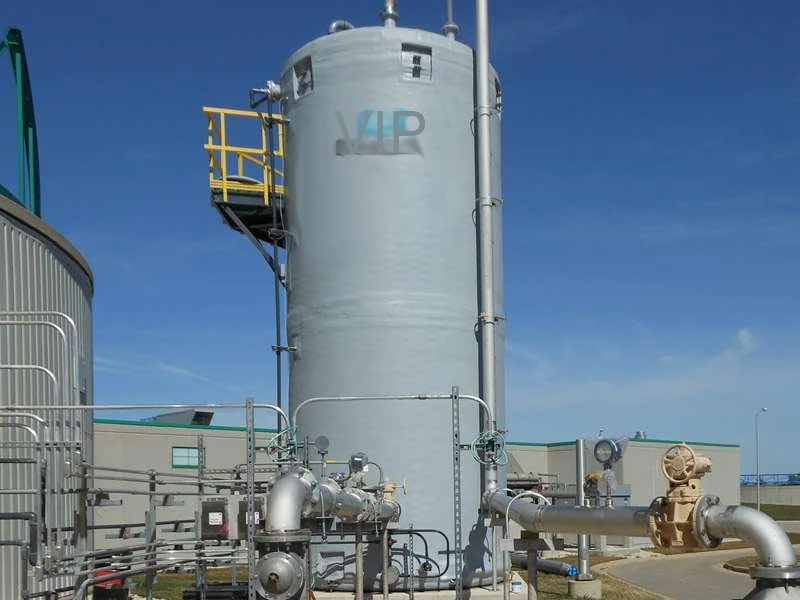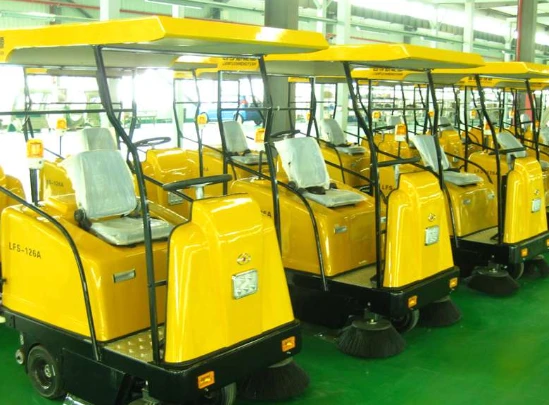
-
 Afrikaans
Afrikaans -
 Albanian
Albanian -
 Amharic
Amharic -
 Arabic
Arabic -
 Armenian
Armenian -
 Azerbaijani
Azerbaijani -
 Basque
Basque -
 Belarusian
Belarusian -
 Bengali
Bengali -
 Bosnian
Bosnian -
 Bulgarian
Bulgarian -
 Catalan
Catalan -
 Cebuano
Cebuano -
 China
China -
 China (Taiwan)
China (Taiwan) -
 Corsican
Corsican -
 Croatian
Croatian -
 Czech
Czech -
 Danish
Danish -
 Dutch
Dutch -
 English
English -
 Esperanto
Esperanto -
 Estonian
Estonian -
 Finnish
Finnish -
 French
French -
 Frisian
Frisian -
 Galician
Galician -
 Georgian
Georgian -
 German
German -
 Greek
Greek -
 Gujarati
Gujarati -
 Haitian Creole
Haitian Creole -
 hausa
hausa -
 hawaiian
hawaiian -
 Hebrew
Hebrew -
 Hindi
Hindi -
 Miao
Miao -
 Hungarian
Hungarian -
 Icelandic
Icelandic -
 igbo
igbo -
 Indonesian
Indonesian -
 irish
irish -
 Italian
Italian -
 Japanese
Japanese -
 Javanese
Javanese -
 Kannada
Kannada -
 kazakh
kazakh -
 Khmer
Khmer -
 Rwandese
Rwandese -
 Korean
Korean -
 Kurdish
Kurdish -
 Kyrgyz
Kyrgyz -
 Lao
Lao -
 Latin
Latin -
 Latvian
Latvian -
 Lithuanian
Lithuanian -
 Luxembourgish
Luxembourgish -
 Macedonian
Macedonian -
 Malgashi
Malgashi -
 Malay
Malay -
 Malayalam
Malayalam -
 Maltese
Maltese -
 Maori
Maori -
 Marathi
Marathi -
 Mongolian
Mongolian -
 Myanmar
Myanmar -
 Nepali
Nepali -
 Norwegian
Norwegian -
 Norwegian
Norwegian -
 Occitan
Occitan -
 Pashto
Pashto -
 Persian
Persian -
 Polish
Polish -
 Portuguese
Portuguese -
 Punjabi
Punjabi -
 Romanian
Romanian -
 Russian
Russian -
 Samoan
Samoan -
 Scottish Gaelic
Scottish Gaelic -
 Serbian
Serbian -
 Sesotho
Sesotho -
 Shona
Shona -
 Sindhi
Sindhi -
 Sinhala
Sinhala -
 Slovak
Slovak -
 Slovenian
Slovenian -
 Somali
Somali -
 Spanish
Spanish -
 Sundanese
Sundanese -
 Swahili
Swahili -
 Swedish
Swedish -
 Tagalog
Tagalog -
 Tajik
Tajik -
 Tamil
Tamil -
 Tatar
Tatar -
 Telugu
Telugu -
 Thai
Thai -
 Turkish
Turkish -
 Turkmen
Turkmen -
 Ukrainian
Ukrainian -
 Urdu
Urdu -
 Uighur
Uighur -
 Uzbek
Uzbek -
 Vietnamese
Vietnamese -
 Welsh
Welsh -
 Bantu
Bantu -
 Yiddish
Yiddish -
 Yoruba
Yoruba -
 Zulu
Zulu
Jan . 09, 2025 11:17
Back to list
FRP Scrubber Industrial Air Purification Solutions
FRP scrubbers, also known as fiberglass reinforced plastic scrubbers, have revolutionized the domain of industrial gas cleaning solutions. These devices are designed to combat the growing demands for efficient air pollution control mechanisms by using advanced technology and durable materials.
Companies leveraging the guidance of environmental engineering experts have also testified to the robust nature of FRP scrubbers in handling high-loading conditions. During peak production times, the scrubbers maintain consistent air quality levels, proving their reliability and robust engineering. This proves indispensable for maintaining compliance with stringent environmental regulations, often saving companies substantial amounts in potential fines and sanctions. By employing authoritative bodies for the certification and routine inspection of FRP scrubbers, industries can ensure compliance with international safety and quality standards. Such practices not only enhance the credibility of a company but also serve as a testament to their commitment to environmental stewardship and public health. Trustworthiness is further reinforced by the transparent sharing of performance metrics. Allowing for third-party audits and sharing success stories with regulatory authorities and stakeholders builds trust in the effectiveness of FRP scrubbers. Facilities openly discussing their emission reduction results contribute to an industry-wide knowledge base that propels further innovations and improvements. In conclusion, FRP scrubbers stand as a testament to the evolving intersection of materials science and environmental engineering. By providing an effective, durable, and customizable solution to air pollution, these devices reaffirm their essential role in sustainable industrial operations. As industries worldwide pivot towards more responsible environmental practices, integrating FRP scrubbers exemplifies a practical step forward, embodying a balance of expertise, authority, trust, and real-world experience.


Companies leveraging the guidance of environmental engineering experts have also testified to the robust nature of FRP scrubbers in handling high-loading conditions. During peak production times, the scrubbers maintain consistent air quality levels, proving their reliability and robust engineering. This proves indispensable for maintaining compliance with stringent environmental regulations, often saving companies substantial amounts in potential fines and sanctions. By employing authoritative bodies for the certification and routine inspection of FRP scrubbers, industries can ensure compliance with international safety and quality standards. Such practices not only enhance the credibility of a company but also serve as a testament to their commitment to environmental stewardship and public health. Trustworthiness is further reinforced by the transparent sharing of performance metrics. Allowing for third-party audits and sharing success stories with regulatory authorities and stakeholders builds trust in the effectiveness of FRP scrubbers. Facilities openly discussing their emission reduction results contribute to an industry-wide knowledge base that propels further innovations and improvements. In conclusion, FRP scrubbers stand as a testament to the evolving intersection of materials science and environmental engineering. By providing an effective, durable, and customizable solution to air pollution, these devices reaffirm their essential role in sustainable industrial operations. As industries worldwide pivot towards more responsible environmental practices, integrating FRP scrubbers exemplifies a practical step forward, embodying a balance of expertise, authority, trust, and real-world experience.
Related Products









